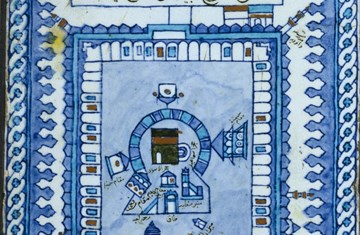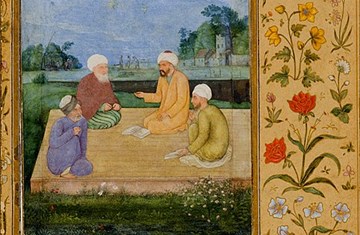Shabistari, Mahmud
The celebrated Persian Sufi poet, Sa‘d al-Din Mahmud Ibn ‘Abd al-Karim Yahya Shabistari (d. after 1340 CE) was born in the last half of the thirteenth century at Shabistar, a small village northwest of Tabriz, located a few miles inland from Lake Urumiya in present-day province of eastern Adharbayjan in Iran.
According to his own admission, he spent many years of his life travelling through Egypt, Turkey and Arabia in pursuit of knowledge. However, from his frequent references to other poets and mystics of Tabriz in his Sa‘adat-nama (Book of Felicity), it is evident that most of his life was passed in Tabriz, one of the main centres of Persian literary culture and mysticism in Mongol Persia.
Author of two books of mystical poetry and a single theosophical treatise, Shabistari is famed mainly for his 1000-line Sufi poem Gulshan-i raz (Garden of Mystery), which he composed in December 1317 in rhyming couplets amounting to about one thousand distiches. This poem was written in response to seventeen queries concerning various intricacies of Sufi metaphysics posed to the Sufi masters of Adharbayjan by another great Sufi of his day, Rukn al-Din Husayni Harawi (d. 718 AH / 1318 CE).
Author

Dr. Leonard Lewisohn
A respected author, translator and lecturer in the area of Islamic studies and a specialist in Persian language and Sufi literature, the late Dr Lewisohn (1953 - 2018) was a Research Associate at the London Middle East Institute at the School of Oriental and African Studies (SOAS), and Associate Member of the Centre for Iranian Studies also at SOAS . Dr Lewisohn's works include Beyond Faith and Fidelity: the Sufi Poetry and Teachings of Mahmud Shabistari (London, 1993), a critical edition of Divan-i Muhammad Shirin










